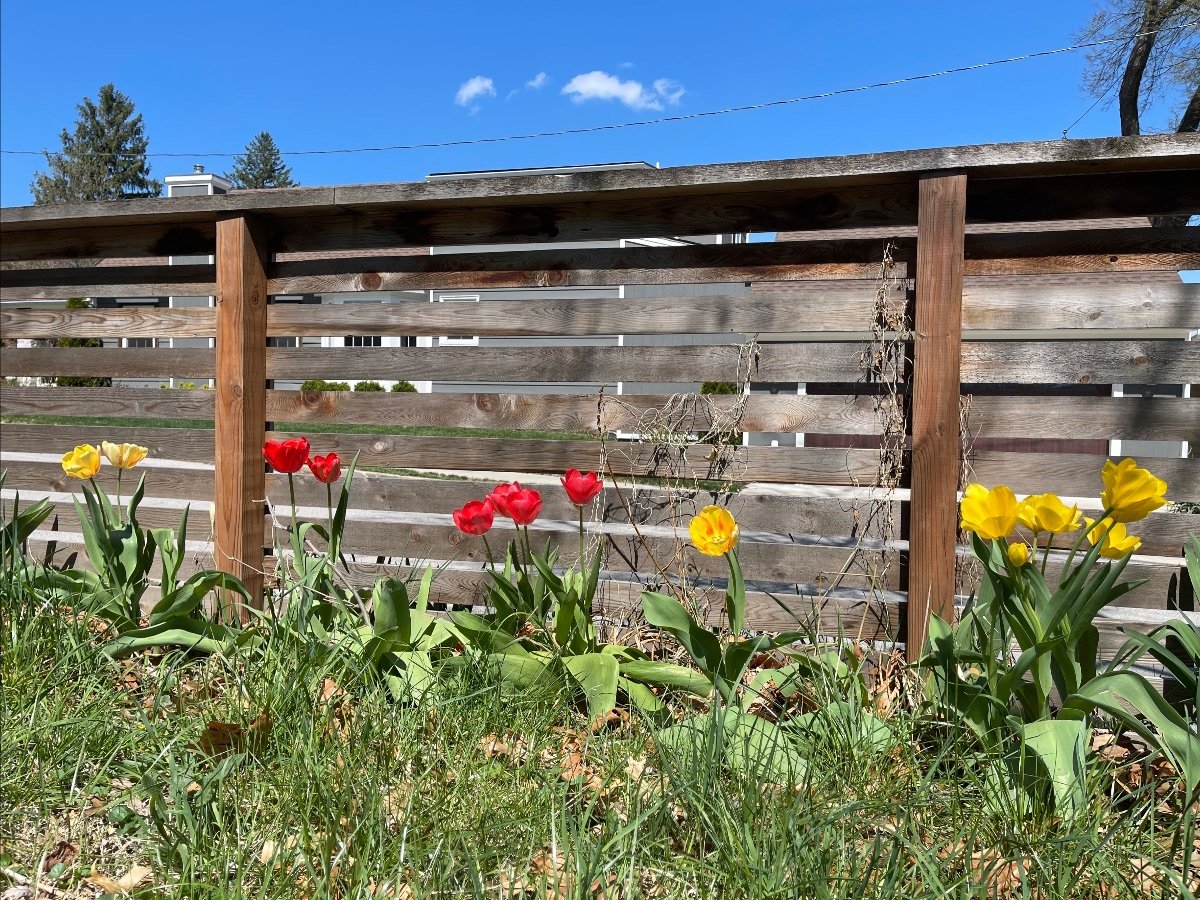Creativity + Burnout
Disclaimer: I’m not a doctor or mental health specialist. I’m just a writer on the internet sharing notes from her experiences.
September 2021: I’m standing in my garden, fists full of ripped out weeds, wondering if there’s a way to make writing more tactile. As far as I can tell, I’ve made the process as physical as possible—writing my drafts by hand, cutting and pasting my revisions. I’ve been been following food writers with wistful envy, imagining what it would be like to cook and eat and write about food and culture like Ruth Reichl or Priya Krishna. I wonder what I’d have to do to develop my palate to jump into that vertical, fully aware that—similar to gardening—I have little aptitude on the subject beyond appreciation.
The urge to pull weeds and prepare bruschetta are not at all in line with my goals, but indicative of my needs: to slow down and feel grounded, to engage my senses, to find physical ways to share my work, not just digitally crafted and delivered via 1’s and 0’s. I know I’m careening toward burnout. Already, I’ve broken down to Kyle, crying, “I’m not a writing machine,” but it’s still a few months before I hit rock bottom and understand I need to be a better steward of my creativity, before it stopped being something that brought me joy and a sense of purpose, and became something I resented or worse, nothing at all.
A few weeks before that afternoon in the garden, I was on the phone with my dad talking about my writing. He told me, “You’re burnt out.”
His comment created the kind of dissonance that only a parent can. I knew he was right—I was experiencing signs of burnout: migraines, sleepless nights, feeling less enjoyment in my work and life—but I didn’t want it to be true. Or if it was true, I couldn’t believe it because things were going well, maybe better than they ever had before: I had found a way to distribute my writing that allowed me to produce creatively fulfilling projects, meet my financial goals, and helped me find my purpose—and I (falsely) assumed that burnout was a sign of failure. Even if it wasn’t a sign of failure, and it was true, and my dad was right, I wanted to be the one to say it—and let him know that he didn’t need to worry, I had a solution.
But I didn’t have a solution. I had weeds to pull and idle fantasies about becoming a food writer. When I thought of ways to make my work more sustainable, I couldn’t put it into practice. I was afraid that one misstep, one change in the routine, and it would all unravel.
It wasn’t until the holidays that I realized things needed to change. My travel plans to visit family in New England were cancelled due to the omicron surge and I missed my chance to see “The Herd,” my brother’s first public art installation. I worked through Christmas, then New Years, and felt like crap. The effort was ultimately for nothing: I spent weeks cycling through the same notes as I tried to plot The Myth of The West and made no progress except further exhausting myself, tipping off the realization, If I keep going like this, I won’t be able to write anymore.
I finally understood that healing burnout was different from a relaxing weekend to recover after a big deadline. Burnout was a sign that the system was out of alignment. I had struggled to find effective solutions because I had slowly accumulated habits that worked, until they needed to change, and it would be a slow evolution of new habits to get the system back in alignment.
I started with my daily routines: setting new boundaries to stop working on evenings and weekends, took a break from social media, which kept me “on” 24/7, and rediscovered the things outside of writing that brought me joy. After six months, these smaller adjustments gave me the courage to take a bigger risk: temporarily pausing my story subscription program.
The hiatus I took from Patreon last summer allowed me to develop new projects—like From Song To Story or The Beautiful Worst—that reflected my updated goals, and resume service with the lead time I didn’t have when I originally launched the story subscription program in 2019.
This restructuring process was one of the scariest decisions I’ve had to make as a writer, but the risk of running my creativity into the ground was a lot scarier. And it turned out, nothing catastrophic happened. The holidays came around and I could gather with family. I could tackle a complicated installment of The Myth of The West without any disruptions to the zine or my self-care routines. It’s springtime now, and when I’m not tending to my projects, you might find me hanging out at a cafe or on the porch with Kyle and our pets, or at my dad’s virtual kung fu class, or doing nothing at all. The flowers that Kyle’s aunt helped us plant as a housewarming gift have to push their way through dead leaves and debris from last winter, but it’s okay. I never was much of a gardener.

